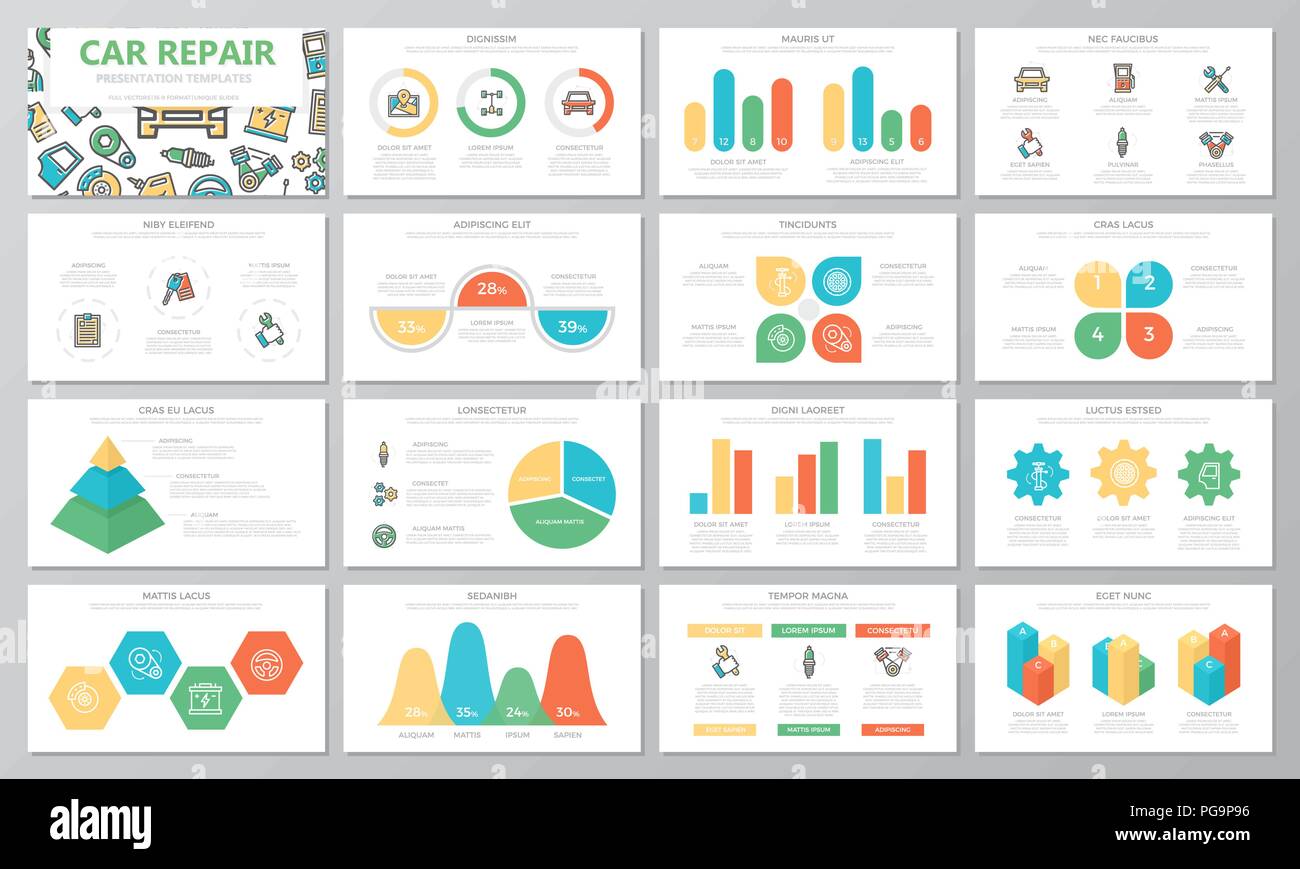When you lag the wheel, those glowing caution lights on your control panel can be a little bit perplexing. Do you know what they're attempting to inform you about your automobile's health? Understanding the importance of these lights is important for your security and the durability of your lorry. So, the following time one of those lights turns up, wouldn't you wish to decode its message precisely and take the needed steps to resolve it?
Common Caution Lighting and Interpretations
Determine typical caution lights in your vehicle and recognize their meanings to ensure secure driving.
The most normal caution lights include the check engine light, which signals issues with the engine or exhausts system. If pop over to this site comes on, it's crucial to have your automobile checked promptly.
The oil pressure alerting light suggests low oil pressure, requiring immediate attention to prevent engine damages.
A blinking battery light might recommend a malfunctioning billing system, possibly leaving you stranded otherwise resolved.
The tire pressure tracking system (TPMS) light alerts you to low tire pressure, impacting lorry stability and fuel efficiency. Ignoring this might result in risky driving conditions.
interior shampoo car wash indicates a trouble with the anti-lock braking system, endangering your ability to quit quickly in emergency situations.
Last but not least, the coolant temperature alerting light warns of engine overheating, which can cause severe damages otherwise solved quickly.
Comprehending these common caution lights will certainly assist you address problems promptly and keep secure driving conditions.
Value of Prompt Attention
Comprehending the common warning lights in your automobile is only the primary step; the relevance of quickly resolving these warnings can not be stressed sufficient to guarantee your security when traveling.
When a warning light brightens on your control panel, it's your vehicle's way of communicating a possible concern that needs interest. Neglecting these cautions can lead to much more serious problems down the road, endangering your safety and security and possibly costing you much more out of commission.
Prompt interest to cautioning lights can prevent failures and mishaps. For example, a flashing check engine light might show a misfire that, if left neglected, might cause damage to the catalytic converter. Addressing this immediately can save you from a costly repair service.
Likewise, a brake system cautioning light could signify low brake fluid or used brake pads, vital parts for your safety and security when driving.
Do It Yourself Troubleshooting Tips
If you see a warning light on your dashboard, there are a few DIY fixing suggestions you can try prior to looking for specialist assistance.
The very first step is to consult your cars and truck's guidebook to comprehend what the certain caution light indicates. In some cases the issue can be as easy as a loose gas cap triggering the check engine light. Tightening the gas cap might resolve the problem.
An additional common problem is a low battery, which can activate various warning lights. Examining the battery connections for rust and ensuring they're protected may fix the problem.
If a caution light lingers, you can attempt resetting it by separating the cars and truck's battery for a few mins and afterwards reconnecting it. In addition, inspecting your lorry's fluid levels, such as oil, coolant, and brake fluid, can assist fix advising lights related to these systems.
Verdict
To conclude, recognizing your vehicle's caution lights is necessary for maintaining your lorry running smoothly and securely. By quickly addressing these notifies and understanding what they mean, you can prevent costly repair work and prospective break downs.
Remember to consult your automobile's guidebook for certain details on each advising light and do something about it appropriately to make certain a trouble-free driving experience.
Keep educated, stay safe when driving!
